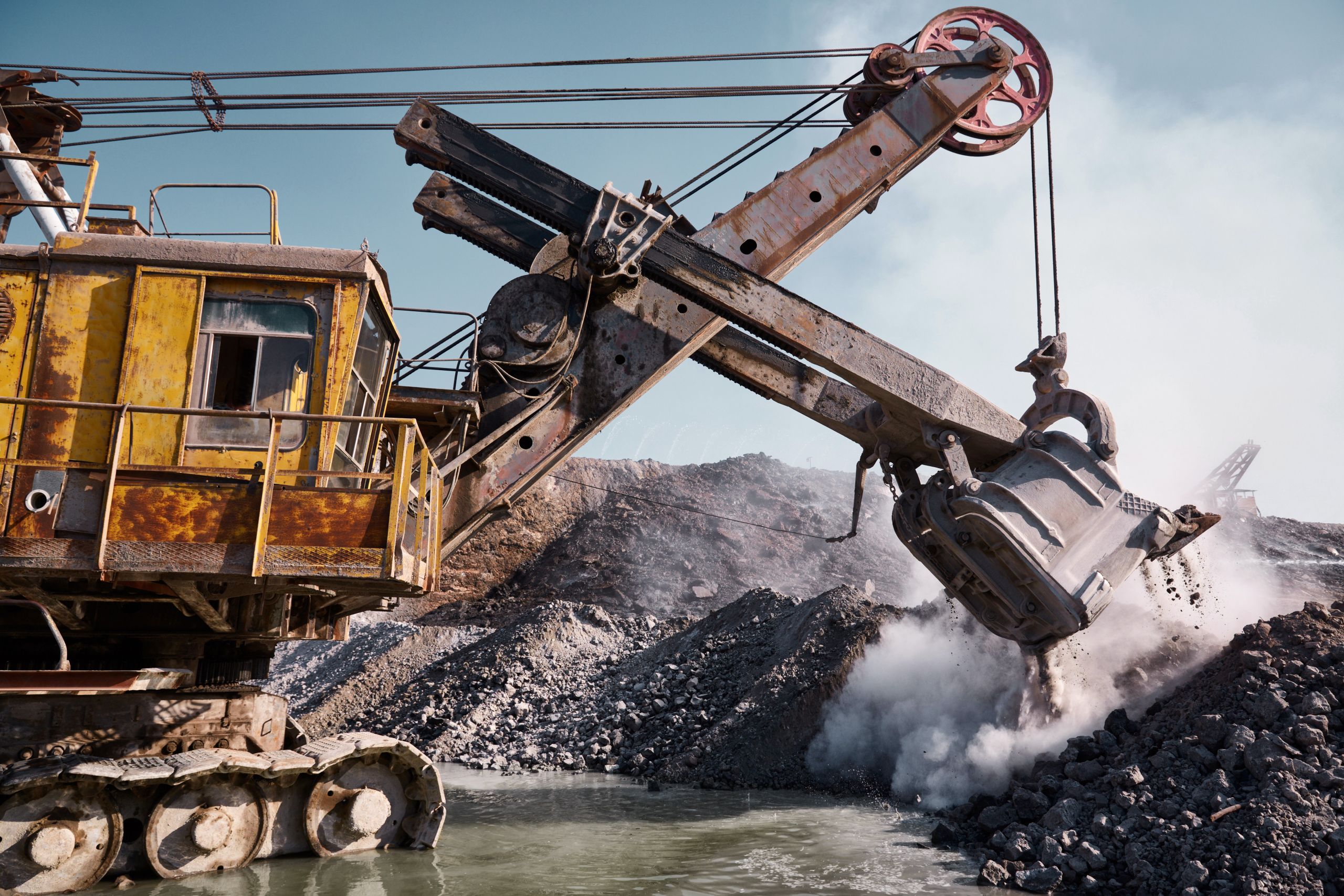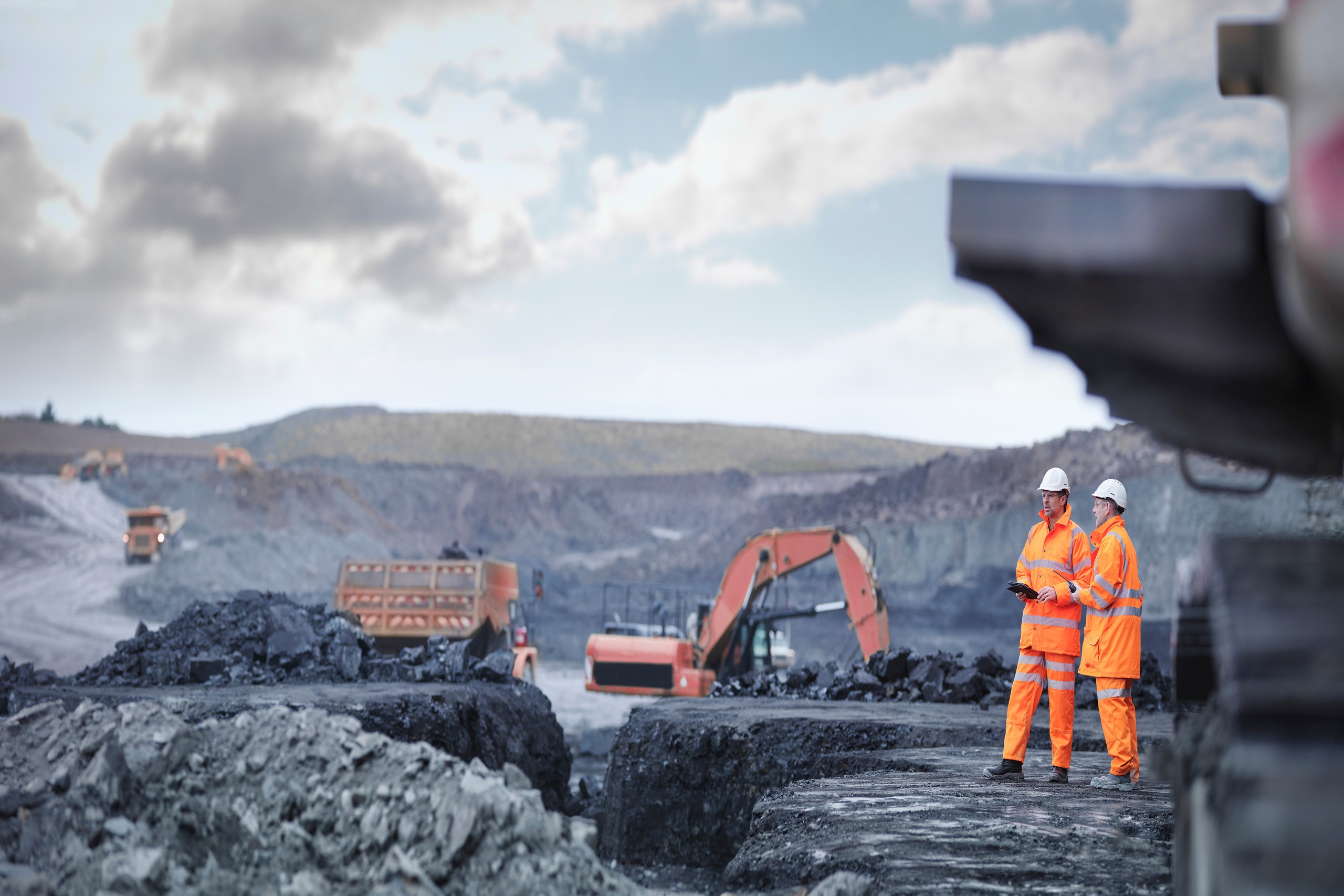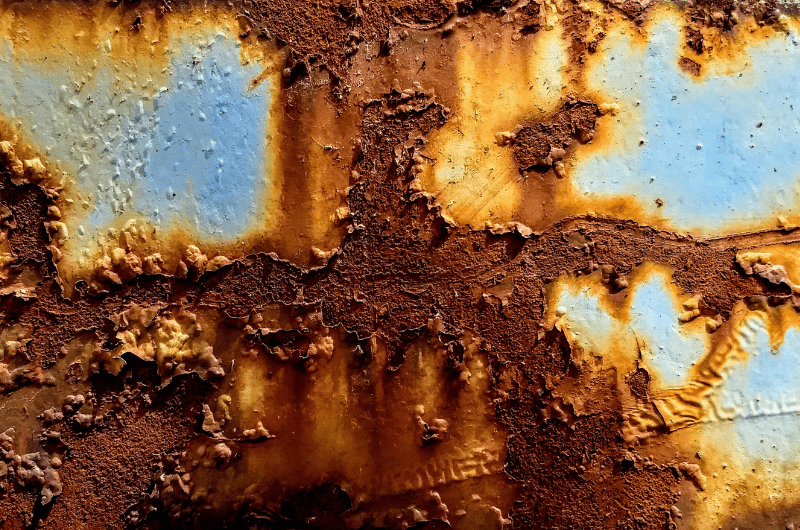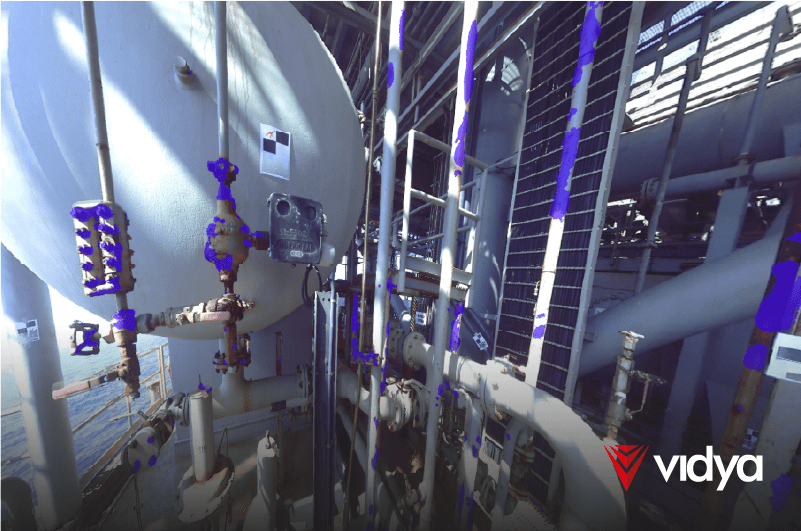Intro
Corrosion consists of constant material degradation by chemical or electrochemical reactions with its environment. Indeed, heavy corrosion damage can lead to extended unplanned shutdowns, decreased safety, and increased environmental exposure. And, while corrosion progression doesn’t stop, asset activities must be paused to address degradation and anomalies.
In this context, mining structures are exposed to harsh environmental conditions, including moisture, acidic or alkaline substances, and abrasive materials, which accelerate corrosion. This being said, developing an effective corrosion prevention strategy is crucial to mitigate the impacts and costs of corrosion. A two-year global study released at the CORROSION 2016 conference in Vancouver, B.C. found that deploying corrosion prevention best practices could result in global savings between 15-35 percent of the cost of damage, or between $375-875 billion (USD).
Why corrosion can be the mining’s headache
One of the challenges in developing an effective corrosion prevention strategy is the diverse and dynamic nature of mining environments. These operations often take place in remote locations, with abrasive climates, and geologies, each with its unique corrosion condition and risks. In this sense, it becomes difficult to manage various procedures according to contrasting maintenance requirements.
For instance, underground mines may face different corrosion challenges compared to open-pit mines due to differences in humidity, temperature, and exposure to gases. Additionally, the type of ore being mined and the processing methods employed can also impact the corrosion rate. Therefore, a comprehensive understanding of the specific corrosion risks associated with the mining environment is essential for developing an effective prevention strategy.
Another challenge is the cost associated with corrosion prevention measures with the reported value of an estimated annual expenditure of $0.1 billion. However, the long-term costs of corrosion, including equipment replacement, repair, and production downtime, can be significantly higher than the upfront investment in corrosion treatment. Therefore, integrity departments need to recognize the economic benefits of mitigating corrosion in its early stage.
The importance of such cannot be overstated. Uncontrolled corrosion can lead to equipment failure, reduced productivity, and increased safety risks. According to an IJISSET (International Journal of Innovative Studies in Sciences and Engineering Technology) paper, corrosion in mining industries will cause several technical damages, project schedule, and budget impacts during the commissioning stage of the project. For instance, corrosion of critical structural components, such as mine shafts, can compromise the integrity of the entire operation, leading to costly shutdowns and delays.
How AI is Enhancing Corrosion Prevention in Mining Operations
Despite the inherent severe challenges faced by mining operations, technology has become a turning point for corrosion prevention efficiency. In this sense, advancements in AI have been reshaping inspection accuracy and reliability. Essentially, this tool increases uptime and reduces costs by providing data-driven insights. To do so, it considers thousands of variables that human planners might overlook, such as trade-off scenarios, conflicting equipment, and hard-to-reach corrosion signs. For this reason, we listed the main AI technologies that are optimizing corrosion prevention strategies:

AI Computer Vision
Vidya’s AI Computer Vision detects anomalies before they become major problems, integrating various algorithms, models, and systems to analyze and process visual data. This way, maintenance teams can extract meaningful information and make decisions based on that data, ensuring strategic integrity for critical assets.
Using inputs from reality capture, Computer Vision processes the images and assigns the corrosion and other anomalies through Deep Neural Networks, guaranteeing a fast, safe, and reliable inspection. This approach enables mining operations to optimize their resources, minimize downtime, and extend the lifespan of their equipment and infrastructure.
By integrating field images into trained algorithms and connecting them to the digital ecosystem, mining operations can leverage the power of data-driven insights to detect and prevent corrosion more efficiently and accurately with budget predictability. Grand View Research reports the value of the global Computer Vision market is expected to reach $19 billion by 2027, up from just over $11 billion in 2020.
Predictive Models
Crossing extensive unstructured data from every asset component may be a daunting task. For this reason, Vidya’s Predictive Model analyzes, treats, and links systems, sensors, and other data sources already used in the operation. Providing data-driven insights to detect and prevent damages more efficiently and accurately with budget predictability. Indeed, by performing maintenance only when necessary, rather than on a fixed schedule, companies can enhance risk management and reduce costs.
According to Infraspeak, 47% of global manufacturers use predictive maintenance technologies to reduce operational costs. As expected, this tool allows maintenance teams to engage in more fact-based discussions, predict machinery failures, and compare the real impact of different parameters on business outcomes before making decisions.
For corrosion detection, predictive models precisely identify malfunctions, predict failure, and improve equipment performance, considering thousands of variables and constraints for decision-makers. For this reason, prediction algorithms have become a turning point in corrosion prevention for mining operations
Conclusion
Incorporating AI into inspections has transformed the process of identifying corrosion in mining operations. It has made the process faster, more accurate, and data-driven, allowing for proactive and predictive corrosion prevention measures. Using these advanced technologies empowers mining operations to optimize their corrosion prevention strategies, minimize operational risks, and ensure the safe and reliable operation of their assets.
Fill out the forms to understand Vidya’s Approach on Corrosion mitigation in Mining Plants



